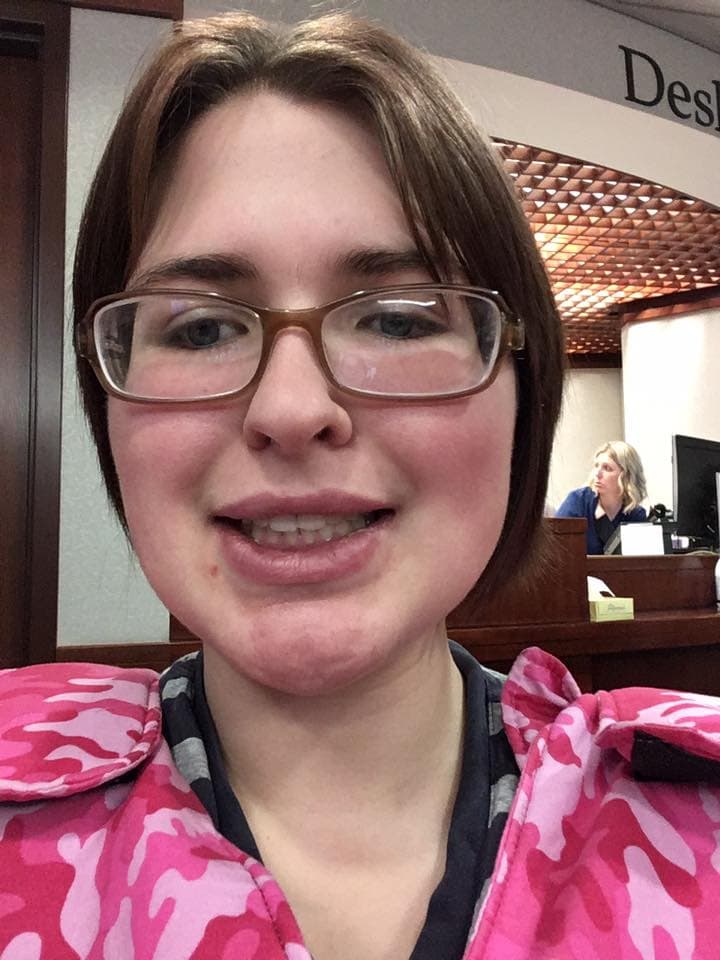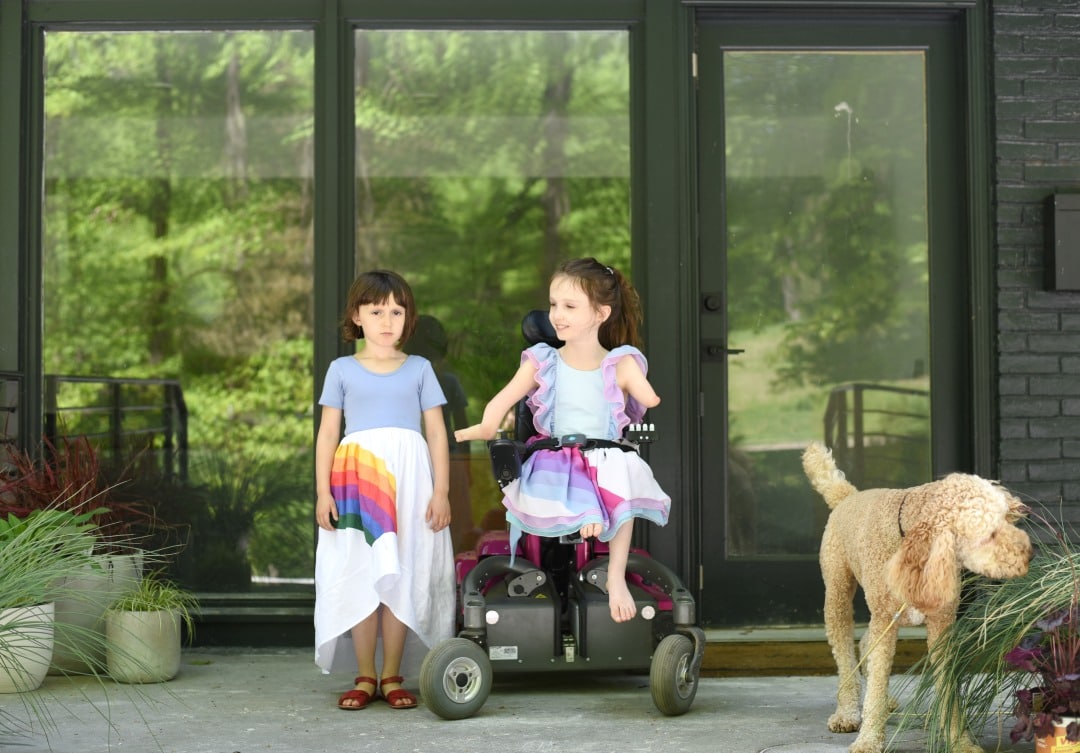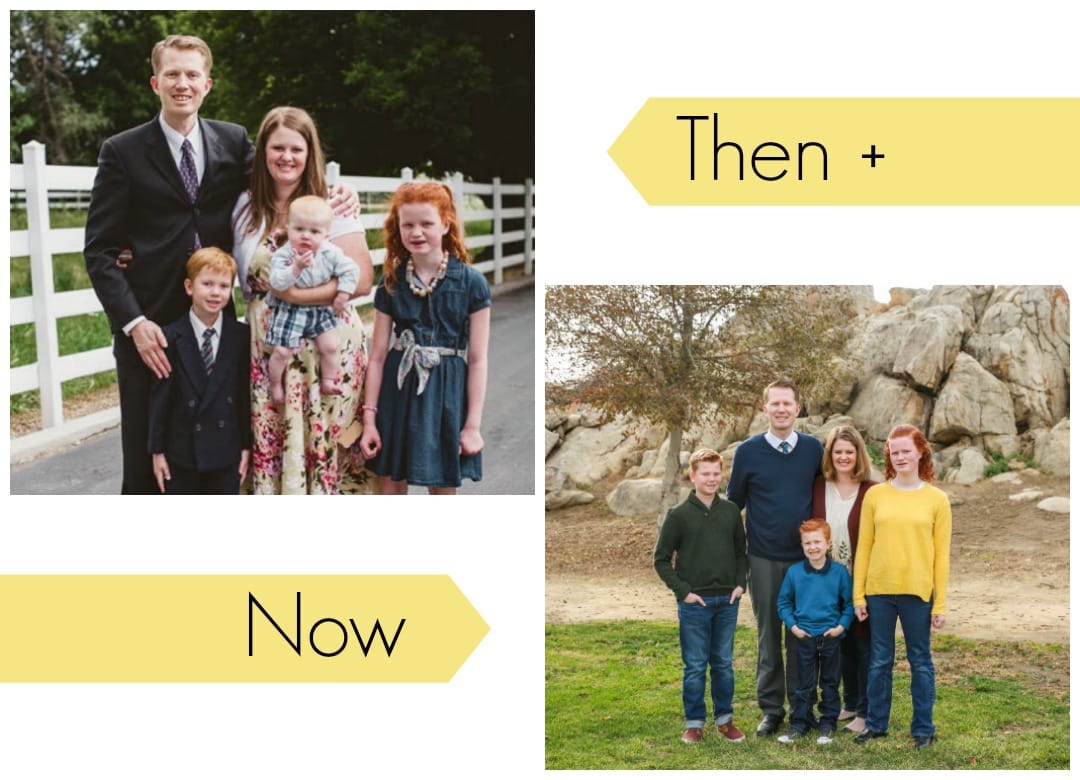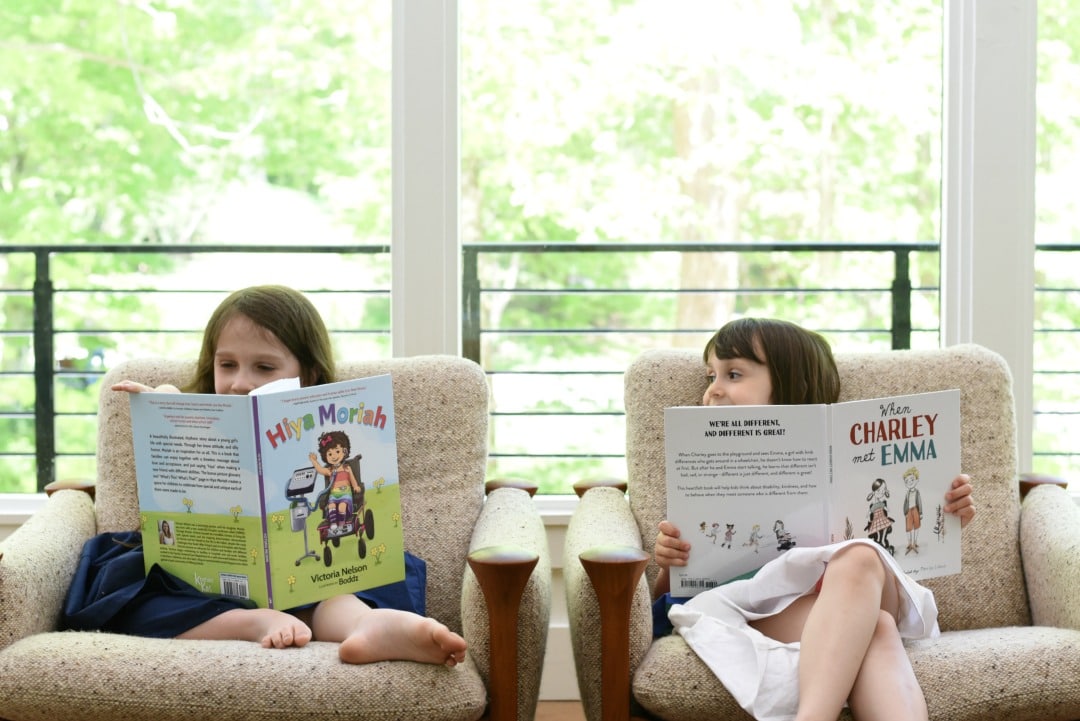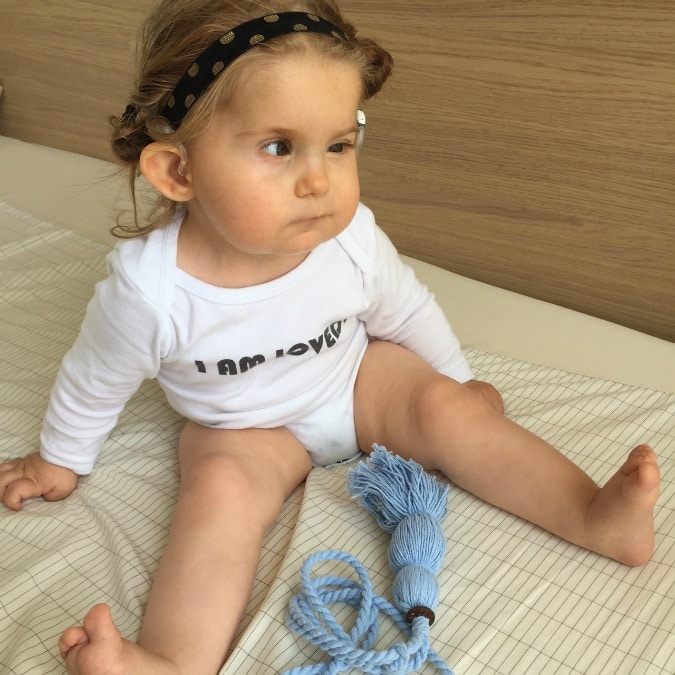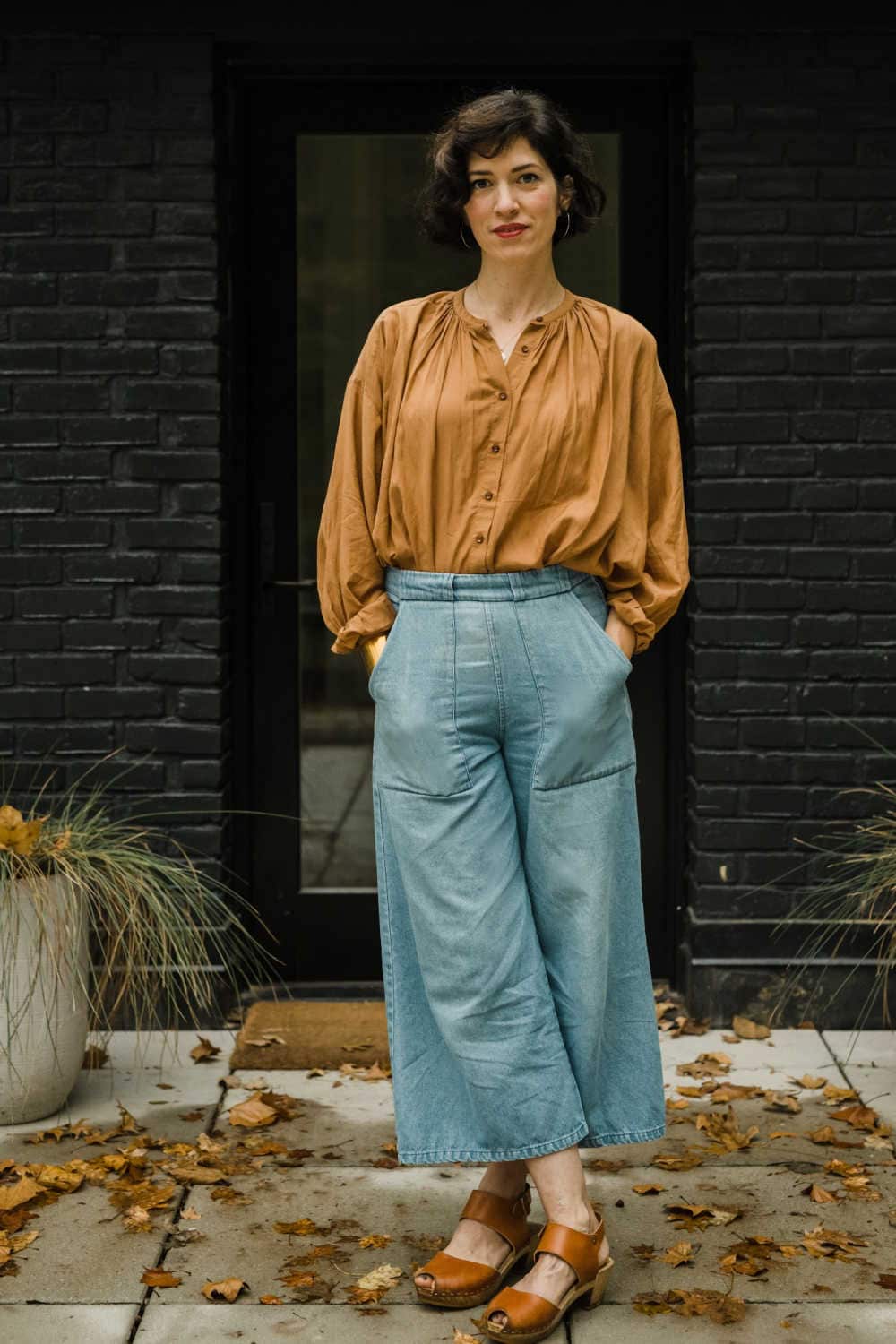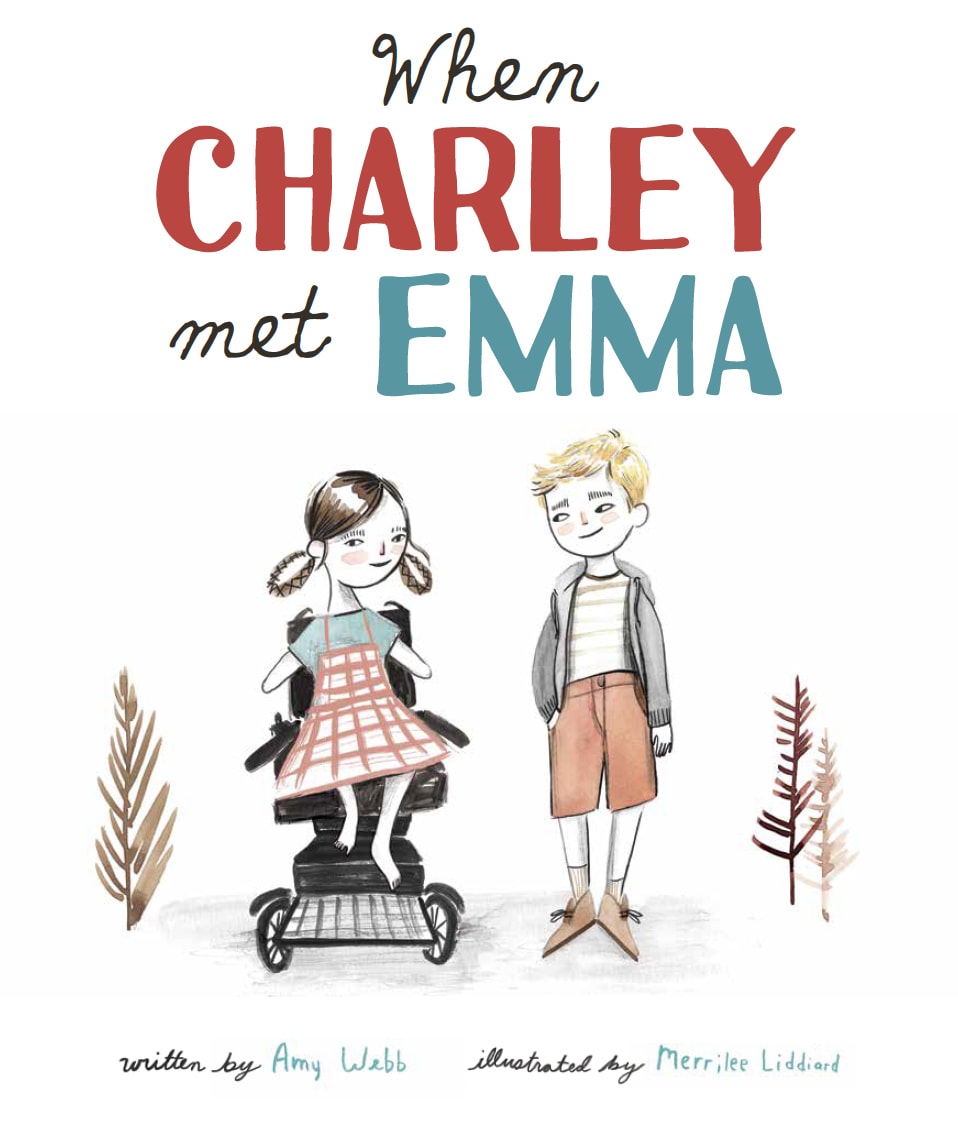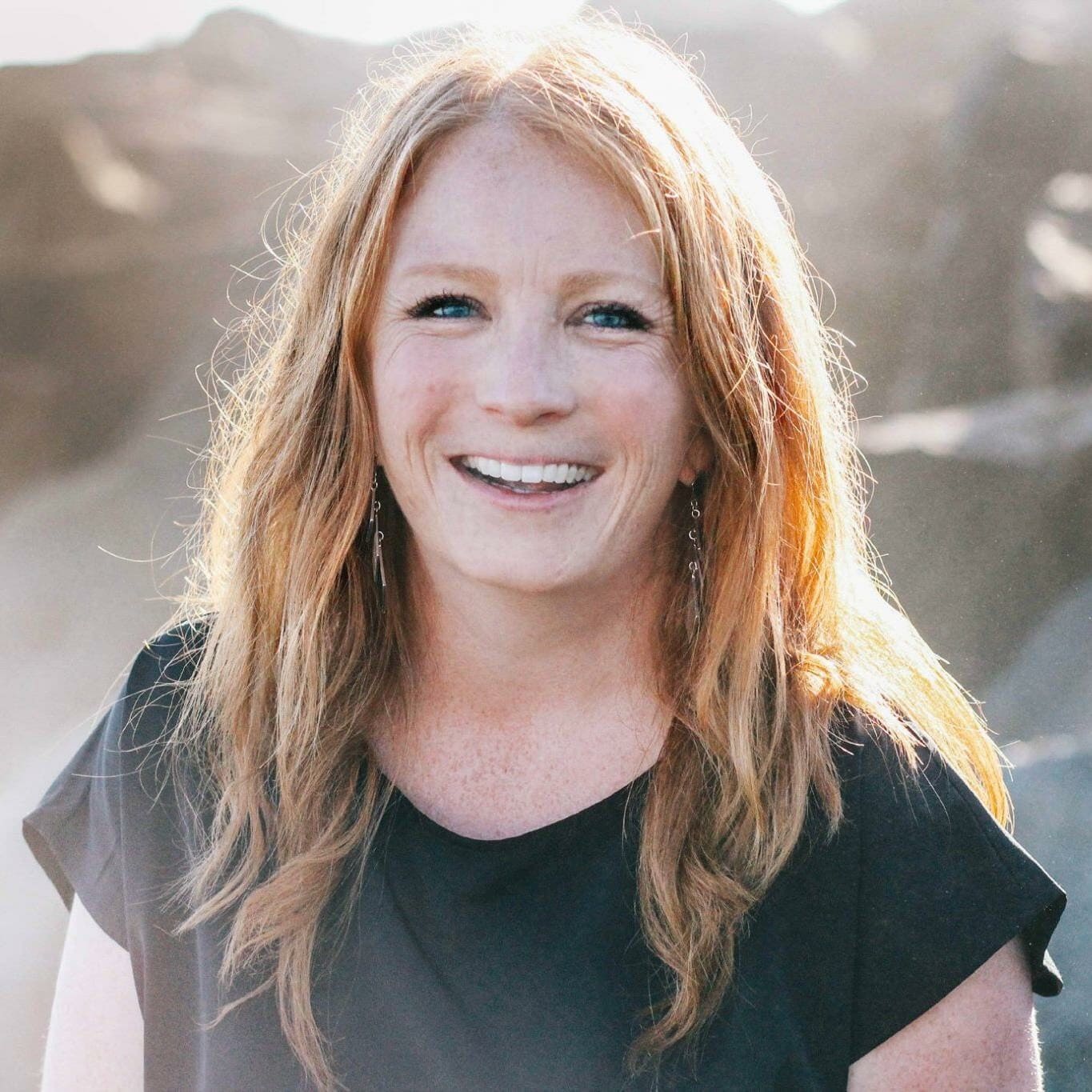
My name is Brittani Ehrhorn. I’m a 32 year old woman who has Turner Syndrome (TS). TS is a chromosomal abnormality where a female is missing her last chromosome. It causes complications with many body systems, like growth, the heart, bones, and hormones. Only 2% of babies with the abnormality actually survive to birth. And many will need heart surgery soon after birth.
I am currently a nurse, and soon-to-be nurse practitioner. I consider myself an advocate and educator for Turner Syndrome. I live in Southern California close to my parents and three siblings where I get to enjoy being 5 minutes away from the Pacific Ocean…one of my favorite places to be. Turner Syndrome has always been apart of my life.I was fortunate enough to get a diagnosis at birth so I could get the help I needed right away. There is a whole health story I can talk about too, and how I still keep in touch with my pediatric doctors and nurses because of how impactful they have been. However, I will say that it has been so rewarding to work my way as a nurse and nurse practitioner. It is a true full circle moment as I’ve been able to provide support and care for other girls with Turner Syndrome now as I truly feel it is my calling and passion to help care for the health of those who also have this condition.
***************
Miggy: Hi Brittani and welcome! I’m so excited to have you today and to learn more about you and Turner syndrome. Let’s start at the beginning, what is Turner syndrome and what it looks like for you specifically? Do you know how your parents first learned about your diagnosis and how they first reacted? What do you remember about those early years? Overall how would you categorize your childhood? Looking back now, do you have a different view of how those early years have shaped you? (Sorry! This is a lot of questions at once!)
Brittani: TS is a chromosomal abnormality where an individual is missing there very last chromosome, and it only affects women. TS causes abnormalities in many body systems. For example, hormonal complications (such as insufficient growth hormone and production), heart complications, thyroid complications, low bone density with older age and diabetes. For me TS has impacted me as I had to take growth hormones for about eight years during my childhood, I take hormone replacement therapy, I have Hashimoto thyroiditis and part of my heart (the aorta) is enlarged and I will actually need open heart surgery in the next year to two.
My parents learned that I had Turner Syndrome (TS) directly after I was born. I’m sure they had a lot of emotions, but primarily they were advocates and fighters for me. They sought out the best care for me, even to the point of choosing a doctor that was a seven hour drive away from us because he was one of the top specialist regarding Turner Syndrome (TS). What I remember is that my parents made it fun for me to see my care team. It was always a treat to drive from Orange County to Stanford children’s hospital and stay in Northern California with just my parents while my siblings stayed at home (sorry sisters and brother). And my endocrinologist and his nursing staff literally felt like family. My doctor was the same age as my parents and even had a red head daughter, just like me who was just about my age. I feel like even though I had medical concerns, I had a pretty normal childhood. I felt so loved and cared for. I thrived in school, and loved gymnastics. Only my family knew that I had Turner syndrome so I was not treated differently by peers.
These years shaped me for many reasons. Firstly, my parents taught me how to advocate for myself. And as a woman with Turner syndrome it has literally saved my life; this is because I found out about a heart abnormality I have only by advocating for myself when my doctor otherwise was not going to do any testing. But I knew the concerns and wanted to follow medical guidelines provided by the Turner Syndrome Society of the US. Secondly, this made me realize how much I wanted to be in the healthcare field to educate and spread awareness about Turner syndrome as well as help provide care for TS patients. Lastly, they were an education in knowing my endless potential and that I am a person first and foremost.
[readmore title= “Click through to read the rest of Brittani’s fantastic interview.”]


